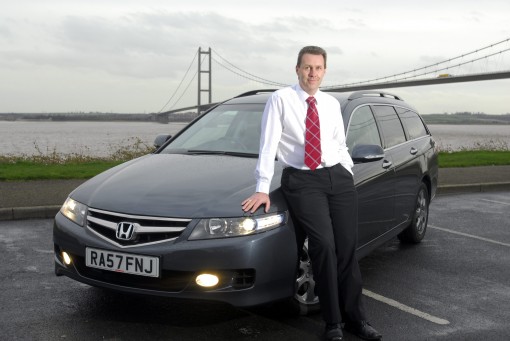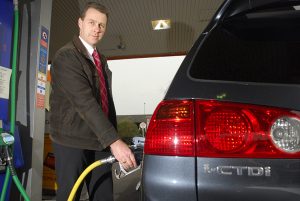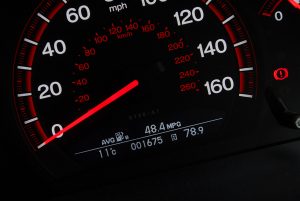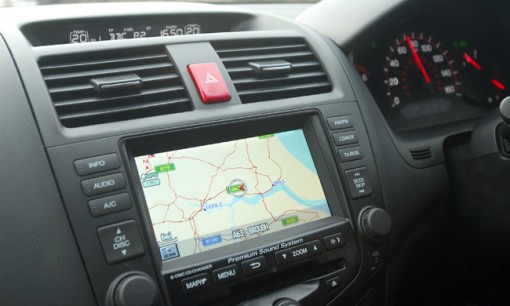The long way around the River Humber
The price of crossing the Humber Bridge is a hotly debated issue, so wheelworldreviews editor DAVID HOOPER finds out if it really is cheaper to go the long way round. His results make interesting reading and are certain to fuel the arguments.
THE cost of crossing the Humber Bridge is a hot potato and a topic that regularly features on the television and in our newspapers.
With the cost of a single journey across the Humber Bridge now costing £2.70, I decided to try and get to the bottom of the debate over whether or not it is cheaper to drive around the Humber, rather than pay the bridge tolls to cross it.
Time is money, no question, and it’s certainly quicker going over the bridge, but how long does it actually take to go around, how much fuel would you use and how much would it cost?
The exorbitant price of petrol, which is largely tax, is another major issue. Supermarket fuel is usually the cheapest, so we started our test at our nearest Sainsbury’s petrol station to check the current prices.
A litre of unleaded will cost you a scary £1.05.9 pence, while super-unleaded and good old four star cost the same, at £1.08.9. Diesel now costs more than petrol, and will empty your pockets to the stomach-turning tune of £111.9 per litre – that’s £5.08 per gallon.
The car I used for my experiment, was my test car for that week, a diesel-engined Honda Accord Tourer, a typical family car or rep mobile.
Its 2.2-litre i-CTDi diesel engine is one of the best you can buy, offering what the Honda engineers who designed it considered to be the ideal mix of performance and economy.
It has 140PS, will get from 0-62mph in 9.3 seconds, has a top speed of 122mph and six manual gears. More importantly, it’s official fuel consumption figures are quoted as 36.7 on the urban cycle, 57.6mpg on the extra urban and 47.9mpg on the combined cycle.
Every day, on their commutes between Hull and Grimsby, hundreds of people cross what was until recently the longest single span suspension bridge in the world. Should they choose to drive around, there are two main routes. To record our “long way round” experiment, I was joined in the car by Grimsby Telegraph photographer Jon Corken. Our only rule was to drive as near as possible to the legal speed limits.
I decided to start my “real world” test at the Barnetby Interchange on the south bank, and finish it at the Hessle roundabout on the North Bank.
My first route took us along the M180, turning north on the M18, before joining the M62 which becomes the A63 on the approach to Hull.
I set the Accord’s cruise control at exactly 70mph to maximise our economy. We travelled 58.2 miles, the journey took 53 minutes and the car averaged an impressive 47.7 miles to the gallon. I calculated that we used 1.2 gallons of fuel at a cost of £6.09. For the return leg, we reversed the last bit of the journey, heading for the M62. At J36, we turned left towards Swinefleet and Goole, where we were held up in traffic, before travelling through Crowle in the Isle of Axholme and rejoining the M180 back to Barnetby.
On the map, it looked quicker and shorter, and we expected the fuel economy to improve at A-road pace. However, we were all surprised to discover that this trip took 12 minutes longer at 1hr 5mins, and was only marginally shorter, at 56.4 miles. The traffic, combined with speeding up and slowing down on twisty roads, had a detrimental effect on the fuel consumption with a figure of 42.8mpg, which gave us a higher cost of £6.69, with 1.31 gallons of fuel used.
A colleague who commutes daily, measured the third option for us, using the “traditional” route of the A15 and paying his toll at the Humber crossing. The journey takes just 11 minutes, maintaining a constant 70mph, apart from crossing the bridge itself where the speed limit becomes 50mph.
Using our car’s average fuel result from our first leg of 47.7mpg, means we would have used 0.21 gallons at a cost of just £1.06. Add to this the £2.90 bridge toll, and this journey costs £3.96 – by far the cheapest option.
Before we started our “experiment”, I didn’t know exactly how far it was to drive around the Humber. I had never previously done it and am genuinely surprised by the results. I expected a much closer outcome.
So it begs the question, at what point would you break even. By my calculations, the bridge toll would need to increase to £5.03, on top of which you would need to add your travelling time.
While my findings may not please the “scrap the toll” campaigners they will no doubt be music to the ears of the Humber Bridge Board.
No matter upon which side of the fence you sit, these are the facts resulting from a “real world” test.
For the record, my personal view is that we pay far too much in tax on our cars and on the fuel that they use. The Humber Bridge is part of our country’s infrastructure and the Government should write off the debt immediately.
That said, I wouldn’t object to a small charge to pay for its upkeep, perhaps £1, like the Dartford Crossing.
More food for thought is the Scottish Parliament’s decision to remove the tolls on the Forth and Tay Bridges.
So there you have it, so long as the bridge toll is less than a fiver, it’s without doubt the quickest and cheapest option.




